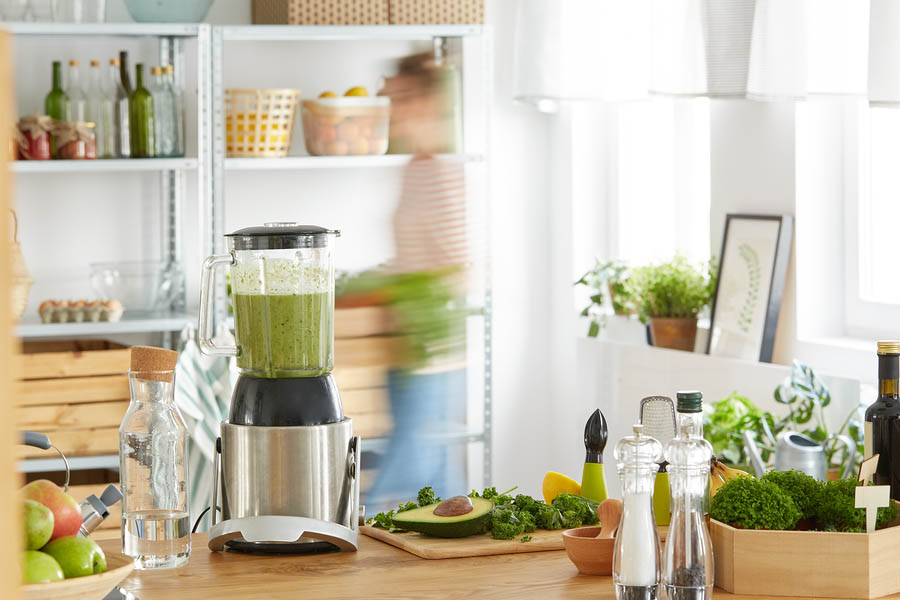Living with Gastroparesis: Diet and Meal Plan
Category:

Digestion problems can be miserable, and gastroparesis comes with a gamut of digestive issues like heartburn, bloating, and nausea. While we don’t know what causes gastroparesis, there are many things we do know. Certain medications can increase your risk, including narcotics and pain medications. A variety of illnesses and diseases can contribute to its formation, including diabetes, hyperthyroidism, infection, and more.Most importantly of all, we know that there’s something you can do about it. A gastroparesis diet can greatly reduce the severity of symptoms. That’s why living with gastroparesis is most about correcting dietary imbalances and learning simple ways to make digestion a little easier on yourself.
The Gastroparesis Diet
Gastroparesis involves the stomach emptying too slowly, so in a gastroparesis diet, the goal is to speed up how fast the stomach can process food. When living with chronic gastroparesis, finding the right dietary balance is about selecting foods which are easy to digest. For example: eggs, bananas, fruit juice, breads, vegetable juice, and peanut butter. But someone with severe gastroparesis may need to begin with a multiple phase diet.Initially eliminating solid foods, the first phase of the gastroparesis diet involves soups, juice, and other liquid nutrition. After two weeks, the second phase slowly reintroduces solid foods that are soft, like pasta and casserole. Once a person’s body has adjusted to the softest foods on their menu, the third phase introduces easy-to-chew protein and starches. Think meat, potatoes, grains, and fruit.
Gastroparesis Eating Strategies
When eating is causing so much trouble and discomfort, it’s common for people to start eating less and less. Unfortunately, weight loss and poor nutrition will only make the symptoms of gastroparesis worse. That’s why it’s important that you keep a regular healthy diet. To mitigate the symptoms of gastroparesis, what has to change is the types of food you eat, when you eat, and even how you eat.Remember that digestion starts in the mouth. Well-chewed food will help the stomach. Many people living with gastroparesis go as far as liquefying soft foods in a blender. Whether you go so far or not, it’s a good idea to remain seated or upright for an hour after eating. It can prevent heartburn and acid reflux.Try eating frequent, small-sized meals. Grazing prevents overfeeding and precludes symptoms like vomiting. Instead of having 3 square meals each day, aim for 6 meals during the day, each about the size of an entrée. And as best you can, drink fluids between your meals rather than during. Fluids take up room in the stomach, the same as food.
Foods to Avoid with Gastroparesis
High fat foods can slow down the stomach, so choose low-fat products whenever possible. Fiber can slow the stomach as well. Avoid things like butter, cheese, beans, seeds, corn, and pastries. Try to limit vegetables and unprocessed grains. They’re ordinarily healthy precisely because they’re digested slowly, but for someone living with gastroparesis, that’s not something you want in your diet.Avoid coffee and alcohol because they can make acid reflux symptoms far worse. And over time, they manage to help you feel full without providing nutrients, which can lead to weight loss and worsening symptoms.Depending on what foods you end up avoiding, you may need dietary supplements to help fill the gaps in your nutrition. If possible, it’s a good idea to talk to your doctor about a referral to a nutritionist, who can help fill in these gaps. Living with gastroparesis can be tough, but once you put the gastroparesis diet into action, you should be able to see reductions in the severity of symptoms almost immediately.
Subscribe
Date: August 2, 2018
Category:


